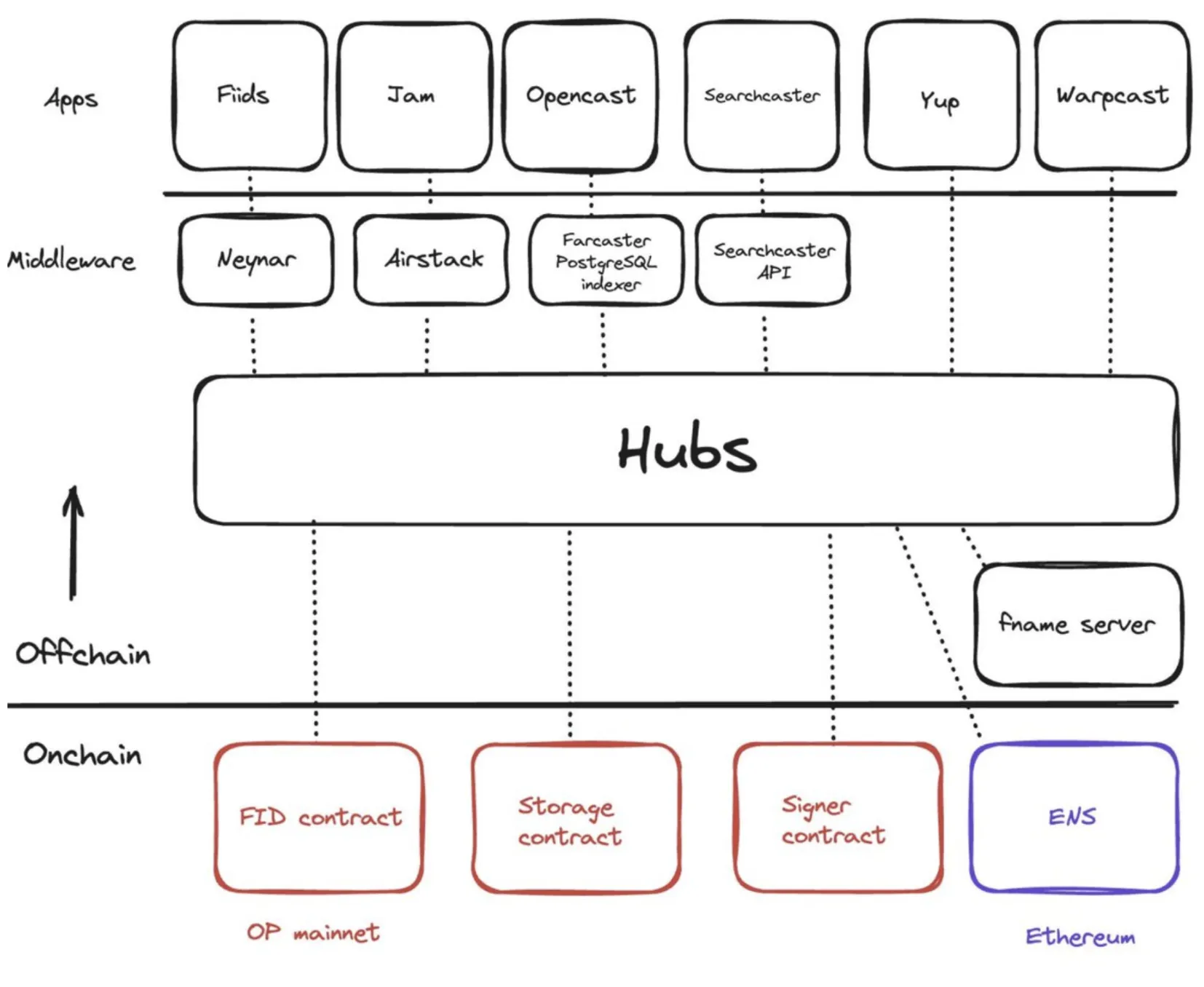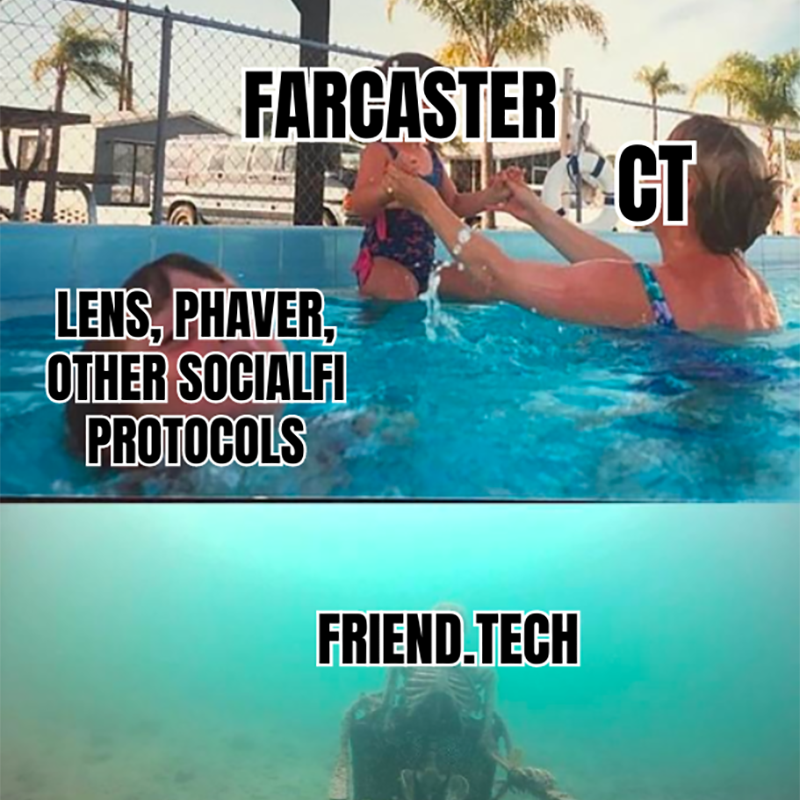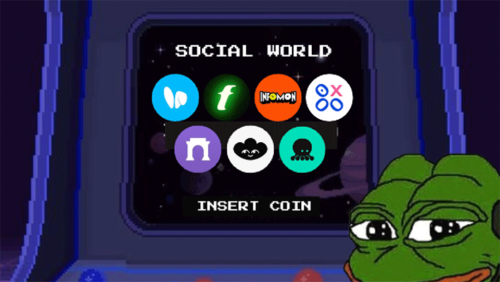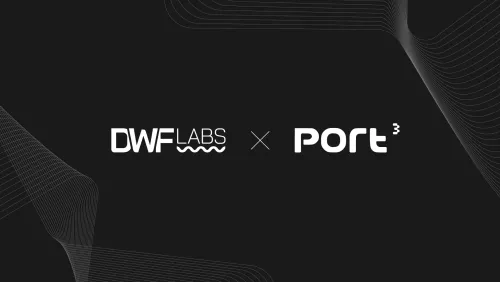Over the past weekend (February 3-4, 2024), Farcaster captured significant attention in the SocialFi space, with its daily active users (DAUs) surpassing 20,000, a remarkable 10x increase in just two weeks.
Farcaster is a decentralised social network (DeSoc) protocol that empowers users with greater control over their data while enabling communication and connectivity through a network of decentralised hubs.
This growth has sparked considerable hype and curiosity about the platform’s unique approach and interesting features. What makes Farcaster stand out? DWF Ventures dives in below.
The Evolution of Farcaster
Farcaster was founded in 2020 and operated in an invite-only phase until October 2023. Since opening its doors to the public, the platform has gained traction among tech enthusiasts and SocialFi proponents.
One notable supporter is Ethereum co-founder Vitalik Buterin, who has expressed excitement about the protocol, and has been using Warpcast, Farcaster's client akin to X. Multiple endorsements for a protocol, which Buterin shared publicly, has further boosted Farcaster’s credibility and adoption within the Web3 community.
The Technology and Architecture Behind Farcaster
Farcaster employs a network-based model. It leverages decentralised hubs to store both on-chain and off-chain data, ensuring seamless connectivity among users. To minimise costs, only essential data is stored on-chain, while users have the option to cover their own storage expenses to prevent hubs from becoming overloaded.

- On-Chain Infrastructure: Comprises components like the FID Contract (manages user identifiers), Storage Contract (handles essential on-chain data), Signer Contract (enables cryptographic authentication), and Ethereum Name Service (ENS), which provides human-readable decentralized domain names.
- Off-Chain Infrastructure: Includes the Fname Server, which manages user namespaces and username-to-address mapping efficiently in an off-chain environment.
- Hubs Layer: The central infrastructure of the protocol that stores and manages off-chain data. Hubs facilitate data exchange between middleware and apps, ensuring decentralized connectivity.
- Middleware Layer: Features components like Neymar, Airstack, Farcaster PostgreSQL Indexer, and Searchcaster API that act as bridges between the hubs and apps, offering data indexing, processing, and search capabilities.
- Apps Layer: Includes decentralised applications for end-users built on top of the Farcaster protocols. Apart from Warpcast, these include Fiids, Jam, Opencast, Searchcaster and Yup. These apps provide different social networking functionality, such as content discovery, social interaction and communication, and data aggregation.
- Continuous feature development. The SocialFi platform’s agility in rolling out new functionalities has kept users engaged. In recent months, Farcaster received improved content discovery tools, enhanced user profile features, and a more seamless integration with ENS.
- Growing app ecosystem. Farcaster’s integrations with third-party apps expand its utility and appeal. By the end of 2023, more than a dozen apps have been launched within the ecosystem.
- Community engagement. The creative use of memes and organic retention strategies have cultivated a loyal user base.
As of early February 2024, over 560 geographically dispersed hubs contribute to the platform’s robust decentralisation. This approach not only enhances scalability but also improves trust within the ecosystem by distributing control.
Farcaster’s Ecosystem and Community
Beyond its technical foundation, Farcaster has rapidly established itself as a leading player in the SocialFi vertical. Its success is attributed to:
Frames
One of Farcaster’s standout features is Frames, which offers a seamless one-click user experience for activities like payments, voting, and subscriptions—all without leaving the app. Frames’ intuitive design allows users to easily iterate and build upon it, making it a versatile tool for creators and developers alike.
In a recent example from late January 2024, it took less than nine hours for a user to develop a working Girl Scout cookie shopping cart using Frames, showcasing the feature’s potential for real-world applications.
Expanding Use Cases
Farcaster continues to expand its ecosystem through:
- Gamified Experiences: Platforms like FarQuest offer gamified onboarding and marketplaces, introducing Layer 2 solutions to reduce fees.
- Prediction Markets: Tools such as Perl let users bet on outcomes and earn rewards, driving engagement.
- Tokenised Streaming: Live-streaming apps like Unlonely integrate tokenisation for community voting, adding new layers of interactivity.
- Memecoins for Onboarding: Projects like DegenTokenBase have pioneered airdropping tokens with in-app utility for tipping creators, incentivising user retention and higher-quality content.
Addressing Farcaster’s Challenges
While Farcaster’s growth has been impressive for the SocialFi sector, it also faces challenges.
The first one is the increasing storage demand. Farcaster’s reliance on hubs to store copies of off-chain data presents a significant scalability challenge, as the volume of data grows with increased user activity. If storage costs are not effectively optimized, hubs risk becoming prohibitively expensive to operate, potentially limiting the network’s ability to scale and accommodate more users.
Secondly, there is the centralisation risk. While Farcaster aims to decentralise social networks, the reliance on a limited number of hubs could concentrate power and control over data in certain hands. The protocol community should make sure that hubs are widely distributed and incentivised to remain independent, to preserve Farcaster’s decentralisation while maintaining operational efficiency.
The Future of Farcaster and SocialFi
Farcaster’s rapid adoption and innovation mark a significant milestone in the SocialFi landscape, bringing the industry closer to realising the vision of DeSoc. Though achieving mass adoption will require overcoming challenges, Farcaster’s progress in early 2024 is a great example of the potential of Web3 for improving social network services.
At DWF Ventures, we’re looking to support the future of decentralised finance and social networks. If you’re building in this space, we’d love to hear from you, reach out to our crypto venture capital fund directly.



